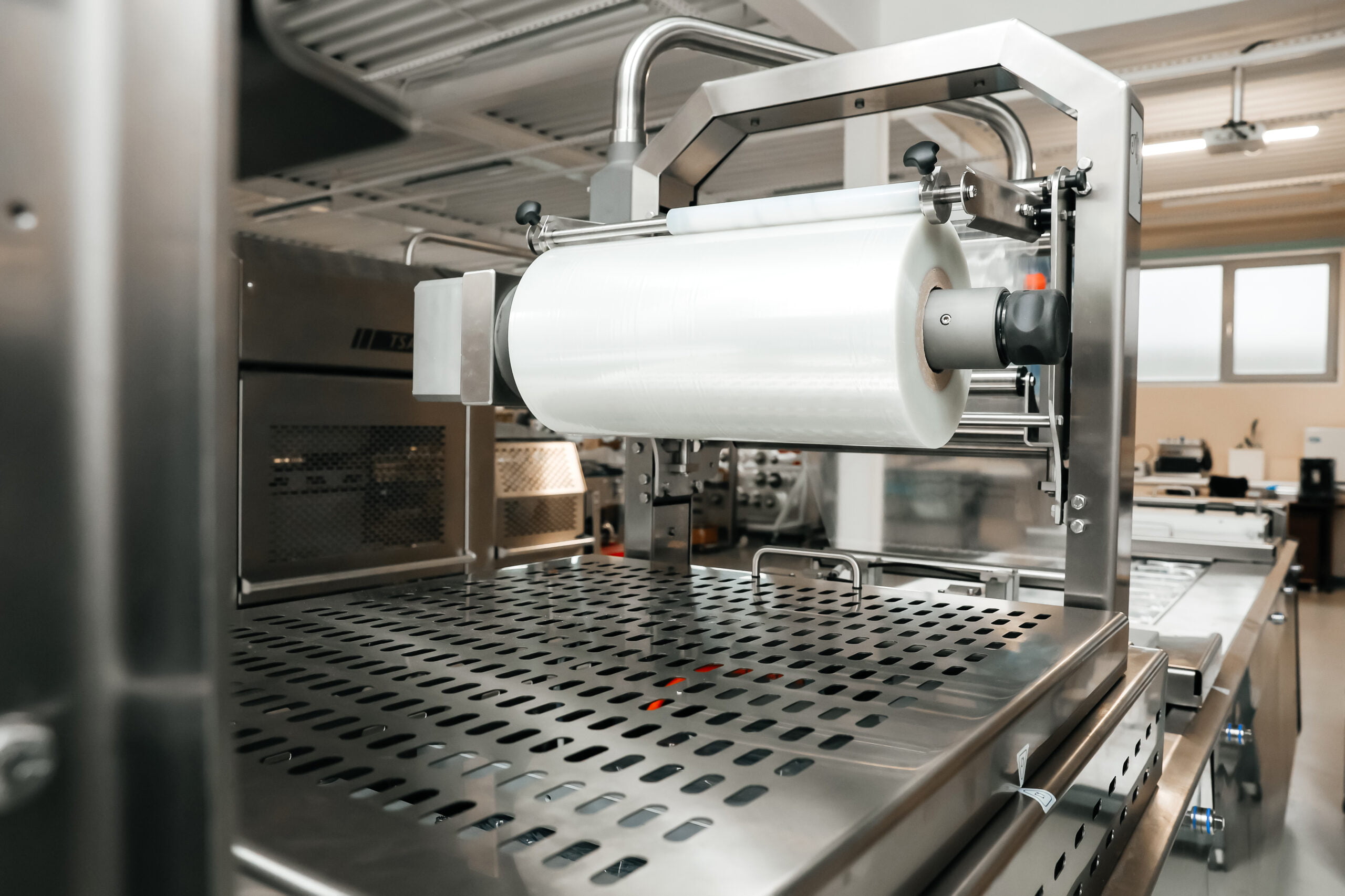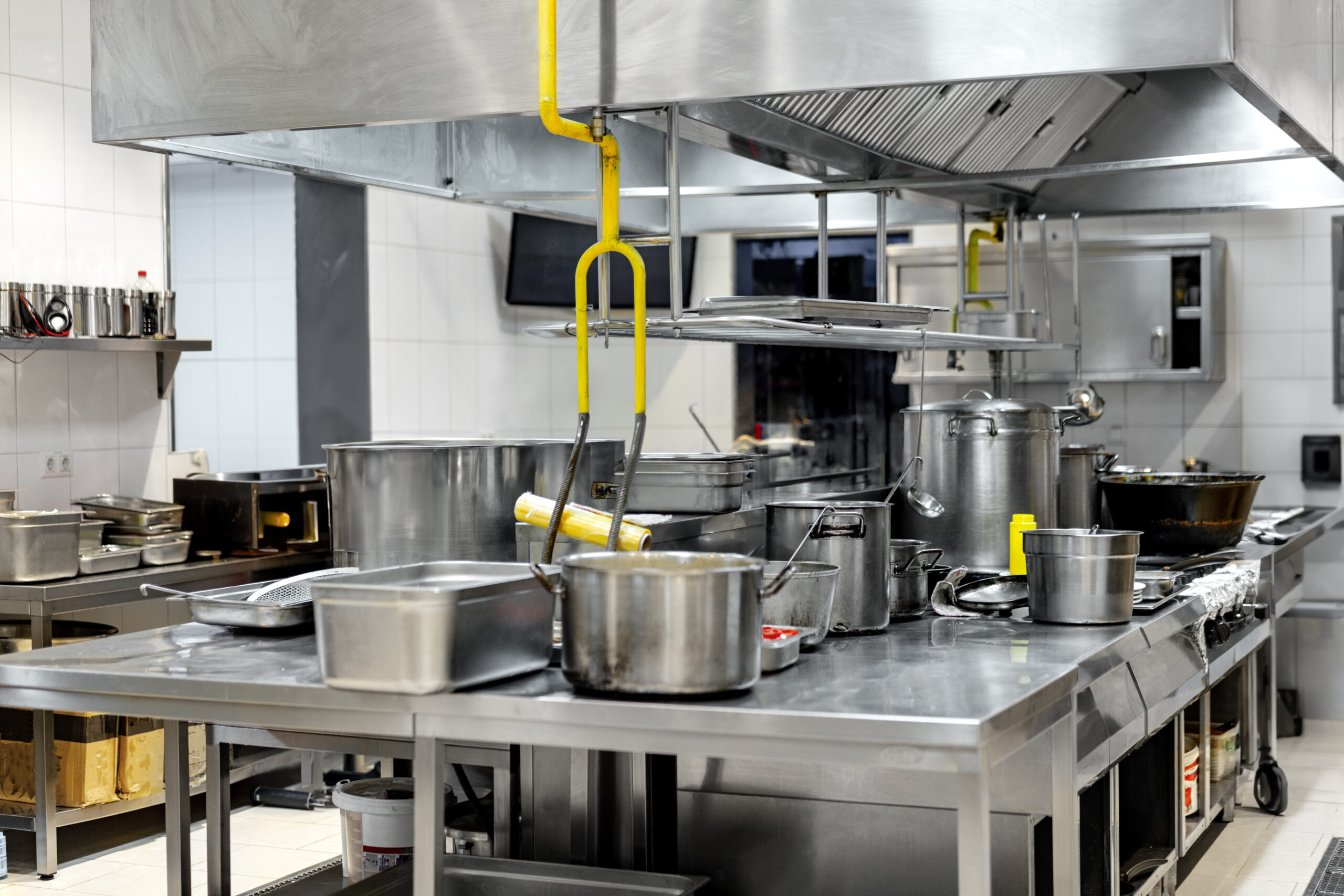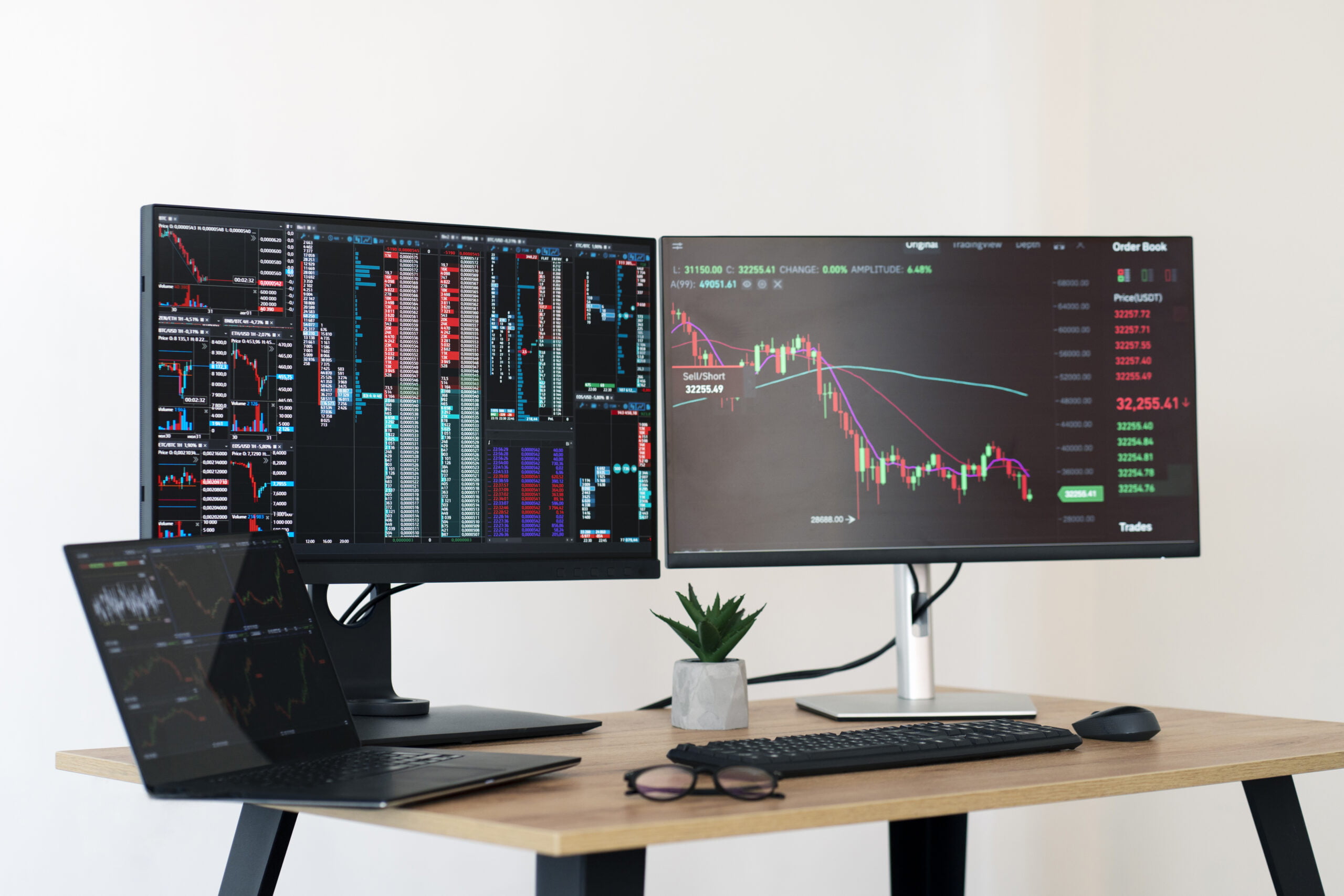How To Choose the Right Equipment for Your Needs: Tips for Food Manufacturers
In the fast-paced and demanding world of food manufacturing, the right equipment can make all the difference. Having the correct machinery in hand not only boosts efficiency but can also lead to significant savings in terms of time and resources. To navigate this complex landscape, one needs to understand the factors that influence the decision-making process when choosing food manufacturing equipment. Finding the right tool for the job is where experienced equipment dealers, like genemco.com, come into the picture. With a comprehensive catalog, they can help you navigate the decision-making process. In this article, you will find detailed insights into the process.
Understanding the Importance of Choosing the Correct Food Manufacturing Equipment
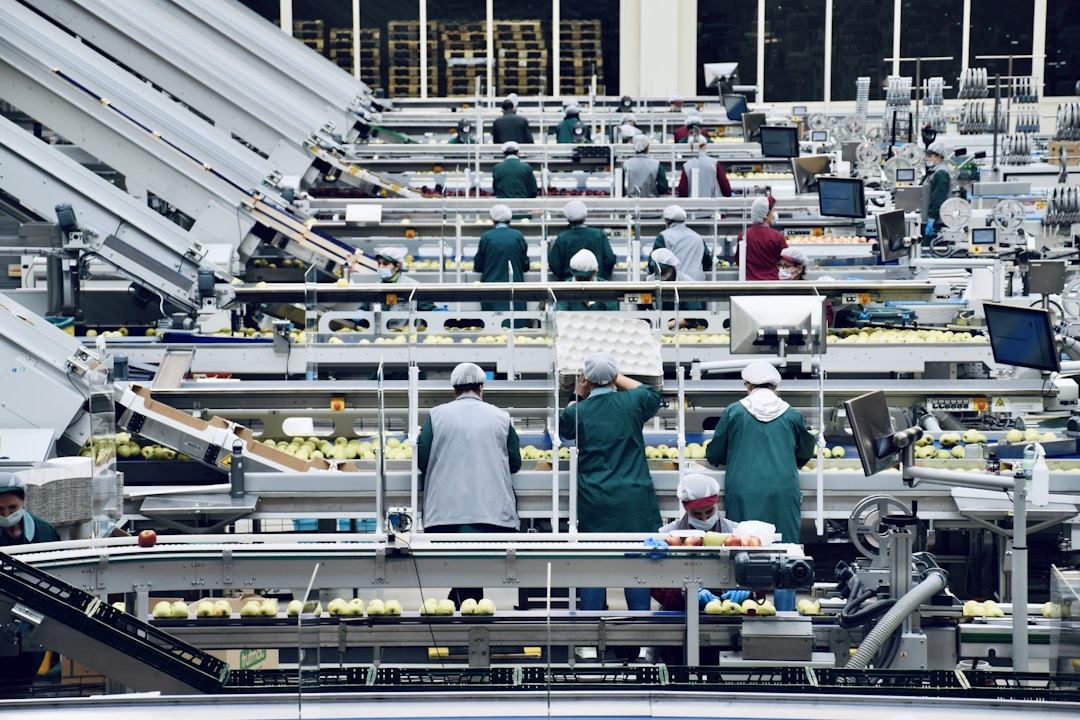
Deciding upon the right equipment for your food manufacturing process can drastically impact the overall productivity and profitability of your business. It’s not just about picking the most technologically advanced equipment; it’s about choosing what suits your operation best.
Advanced equipment will not be of much use if it doesn’t align with your manufacturing needs. Conversely, under-equipped facilities can lead to inefficiencies, wasted resources, and a sub-par product.
Furthermore, the right equipment reduces safety risks associated with malfunctions and breakdowns. Therefore, careful research and thorough understanding are pivotal in selecting the right gear for your setup.
Key Factors To Consider When Picking Food Manufacturing Tools
Several factors come into play when deciding upon the right food manufacturing equipment. First and foremost, you must consider the specific needs of your operation whether that be freezers, cutters, hot water boilers, etc. This includes understanding your production volume, the nature of the products you manufacture, and the intricacies of your production process.
Secondly, the scalability of the equipment is of significant importance. As your business grows, so will your needs. Thus, selecting equipment designed for higher capacity can prevent future difficulties and costs associated with upgrades.
Finally, the cost and energy efficiency of the equipment is another crucial aspect to consider. While initial purchase costs may seem high, energy-efficient equipment can lead to significant savings over time.
Additional considerations may include the equipment’s operation and maintenance requirements and its service life.
Evaluating Your Production Requirements: A Roadmap for Equipment Selection
Understanding your production requirements is the first step in the equipment selection process. This involves a careful analysis of your products, their manufacturing process, and the necessary output to meet demand.
It’s essential to consider the size of your operation as small-scale and large-scale manufacturing setups have drastically different needs. What works well for large companies may not be feasible or cost-effective for smaller entities.
Also, consider the operations’ time-related aspects, such as peak and lean periods. Equipment with quick changeover and cleanup capacities can significantly improve productivity during peak periods.
Lastly, future growth should not be overlooked. Your chosen equipment should have the ability to scale as your needs change and your company expands.
Cost Efficiency vs Operational Efficiency: Striking the Right Balance in Equipment Choice
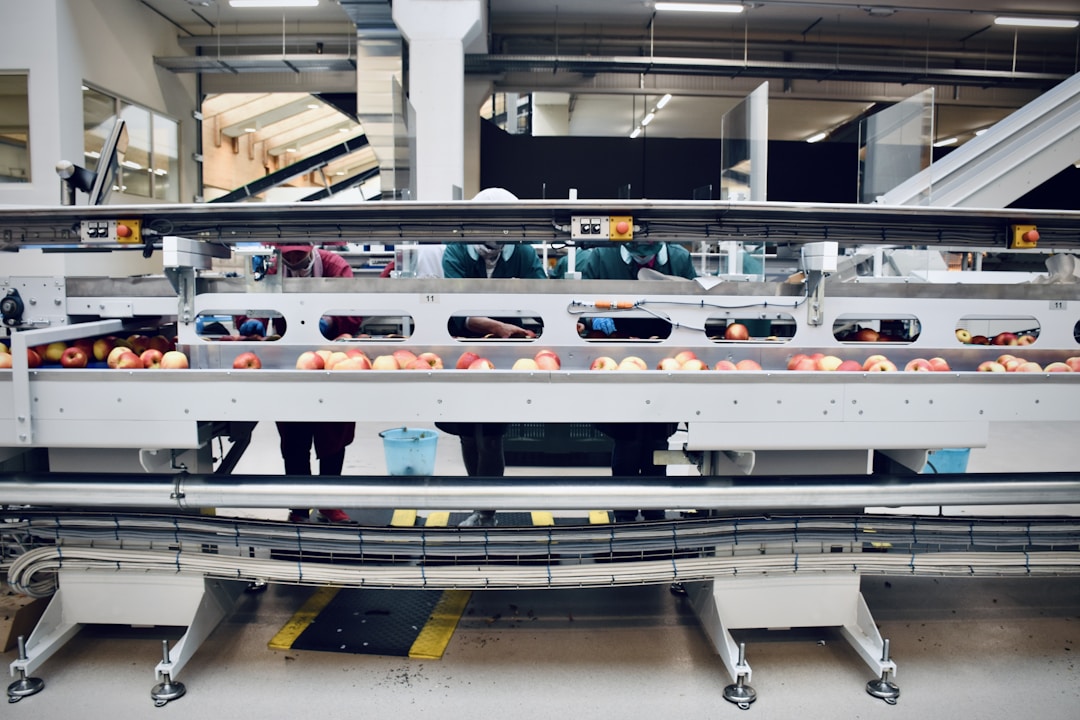
Cost efficiency and operational efficiency often seem at odds when selecting food manufacturing equipment. While cutting-edge technology offers increased operational efficiency, it often comes with a heftier price tag. However, it’s imperative to look beyond the initial purchase cost.
While initial costs are certainly crucial, operating costs, maintenance demands, and the equipment’s lifespan all play critical roles in the total cost of ownership. High-efficiency equipment may have higher upfront costs but can provide significant savings over time.
It’s about finding the right balance—an equipment that offers optimal performance at a reasonable operating cost.
Consulting with experienced machinery providers can aid you in this mission, helping you find the most cost-effective and operationally efficient solution for your needs.
Overall, selecting the ideal food manufacturing equipment is about understanding your operation’s needs, and the available technologies, and balancing cost efficiency with operational efficiency. It requires careful thought, extensive research, and often, expert advice.



